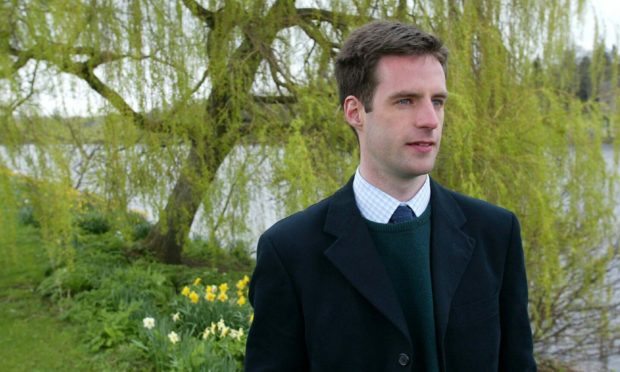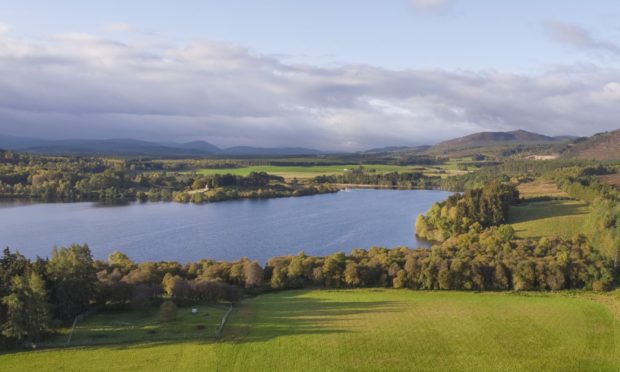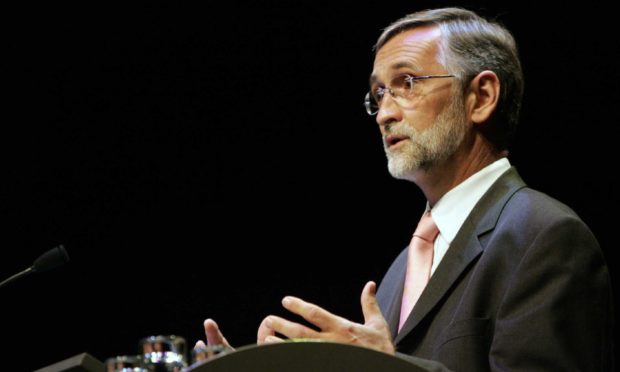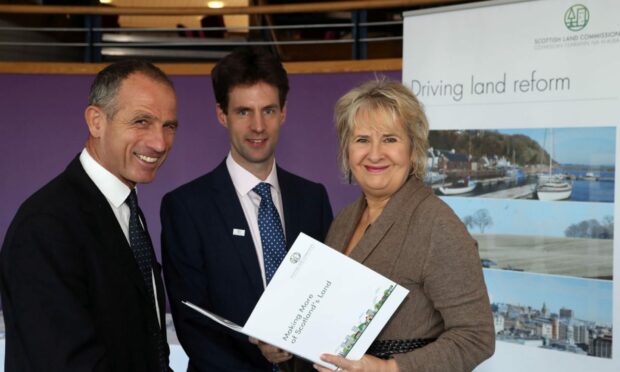The boss of the Scottish Land Commission (SLC) has vowed to ensure communities are not left behind amid the rapid rise of a new generation of rural property owners who have been dubbed the “green lairds”.
Hamish Trench, chief executive of the Inverness-based Scottish Government body, said local groups should be able to “influence” and “benefit” from the expanding market.
Concerns have been growing that Scotland risks being condemned to another century of land “exploitation” as businesses buy-up estates for carbon offsetting purposes.
Mr Trench said the trend raised a “pressing question”, and he confirmed the issue would be discussed at a summit that has been arranged by the SLC for August 19.
Research conducted by Savills, the long-established selling agents often involved in the purchase of large sporting estates, found 2020 had been “an extraordinary year for the Scottish estate market”, with a 98% increase in buyers registering to purchase rural property in Scotland.
Brewdog
Craft beer giant BrewDog, meanwhile, is planning to develop a “green” hotel, distillery and campsite, along with hiking and biking trails, on a “huge chunk of land” it has bought in the Highlands.
It also announced plans for the “UK’s biggest” woodland establishment and peatland restoration project at the site, understood to be the 9,300-acre Kinrara Estate, near Aviemore.
Peter Peacock, a former Labour education minister, recently called for radical Scottish Government action to respond to the rise of “green lairds”.
Many fear the new interest in rural estates may be motivated by a desire to hedge future carbon tax liabilities, and access public spending on climate actions, to offset their carbon emissions, while enhancing brands by displaying green credentials.
Shona Glenn, the SLC’s head of policy and research, highlighted Mr Peacock’s warning in a recent blog, saying: “We can’t allow the drive to net zero to pitch community and private interests against each other. Our approach must benefit everyone.”
Climate change
Mr Trench has now further outlined the initial work the SLC is carrying out to try to address the concerns.
“How we make the most of new forms of green value and finance – for everyone’s benefit – is a pressing question in Scotland’s just transition,” he said.
New green value and finance raise some fundamental questions for land rights and land markets, and also significant opportunities to deliver community and economic benefit in tandem with climate action.”
“These markets are developing rapidly and the Scottish Land Commission is engaging on the implications for the land market.
“New green value and finance raise some fundamental questions for land rights and land markets, and also significant opportunities to deliver community and economic benefit in tandem with climate action.
“The commission is considering key issues including the effects on land value, opportunities to ensure benefit is retained in local economies and communities and what it means for new models of land ownership.”
Mr Trench added: “Climate action will drive significant land use change and it is important that communities influence and benefit from this.
“The Land Commission’s Good Practice Protocols set out expectations for responsible practice in community engagement which apply to all land owners.”
In response to a freedom of information request on the subject of “green lairds”, the Scottish Government said: “This is an issue that key government officials, officials from relevant public bodies and other national bodies are very much aware of, and the Scottish Land Commission and NatureScot are holding a stakeholder roundtable meeting on green finance and the land market on 19th August.
“This will inform further consideration within Scottish Government and public bodies regarding this issue.”
Robbie Kernahan, NatureScot’s director of sustainable growth, said: “Increased investment in Scotland’s nature and land is essential to combat climate change and address biodiversity loss.
“But we are also keen to ensure that the wider benefits that flow from these emerging natural capital markets contribute to a just transition and benefit local economies.”



